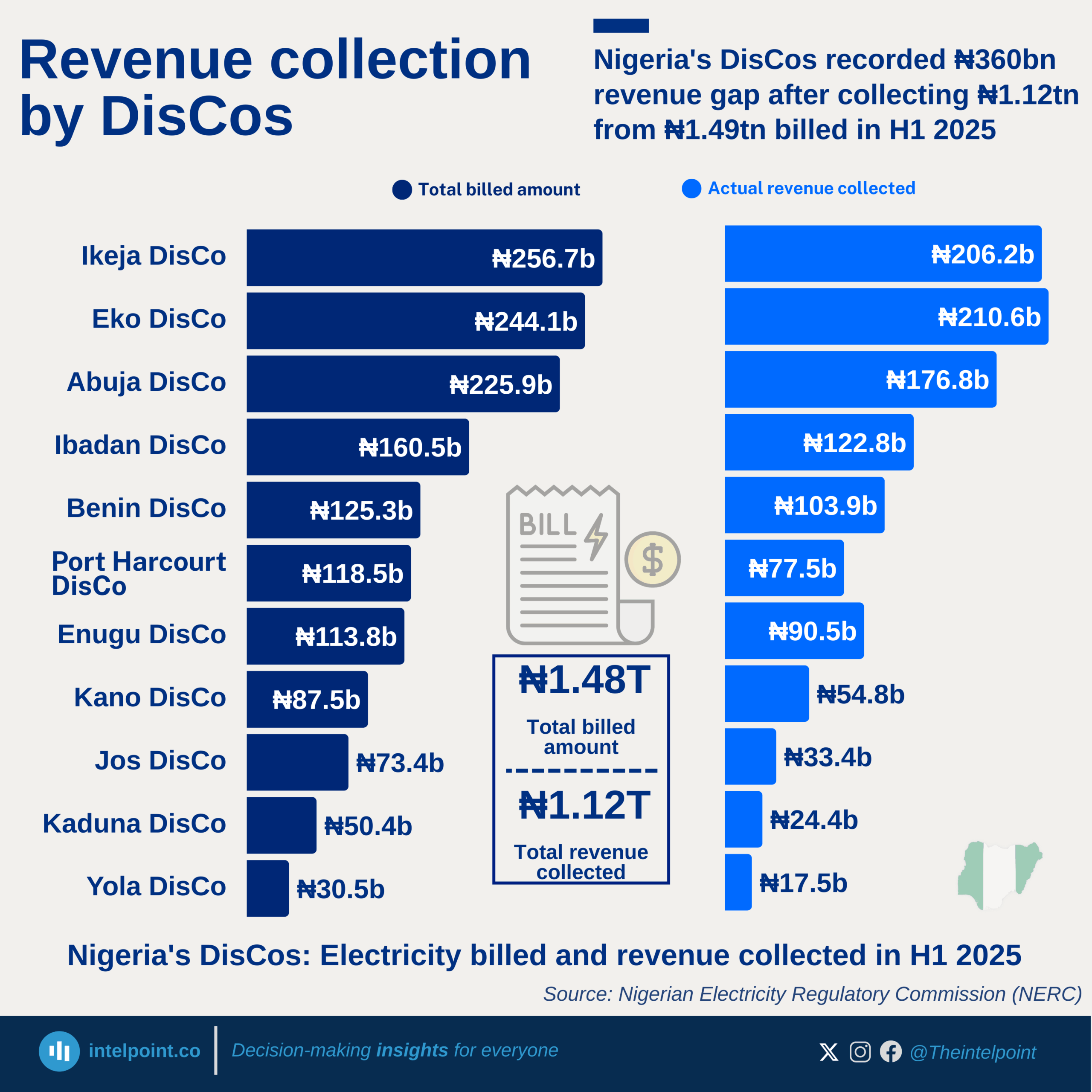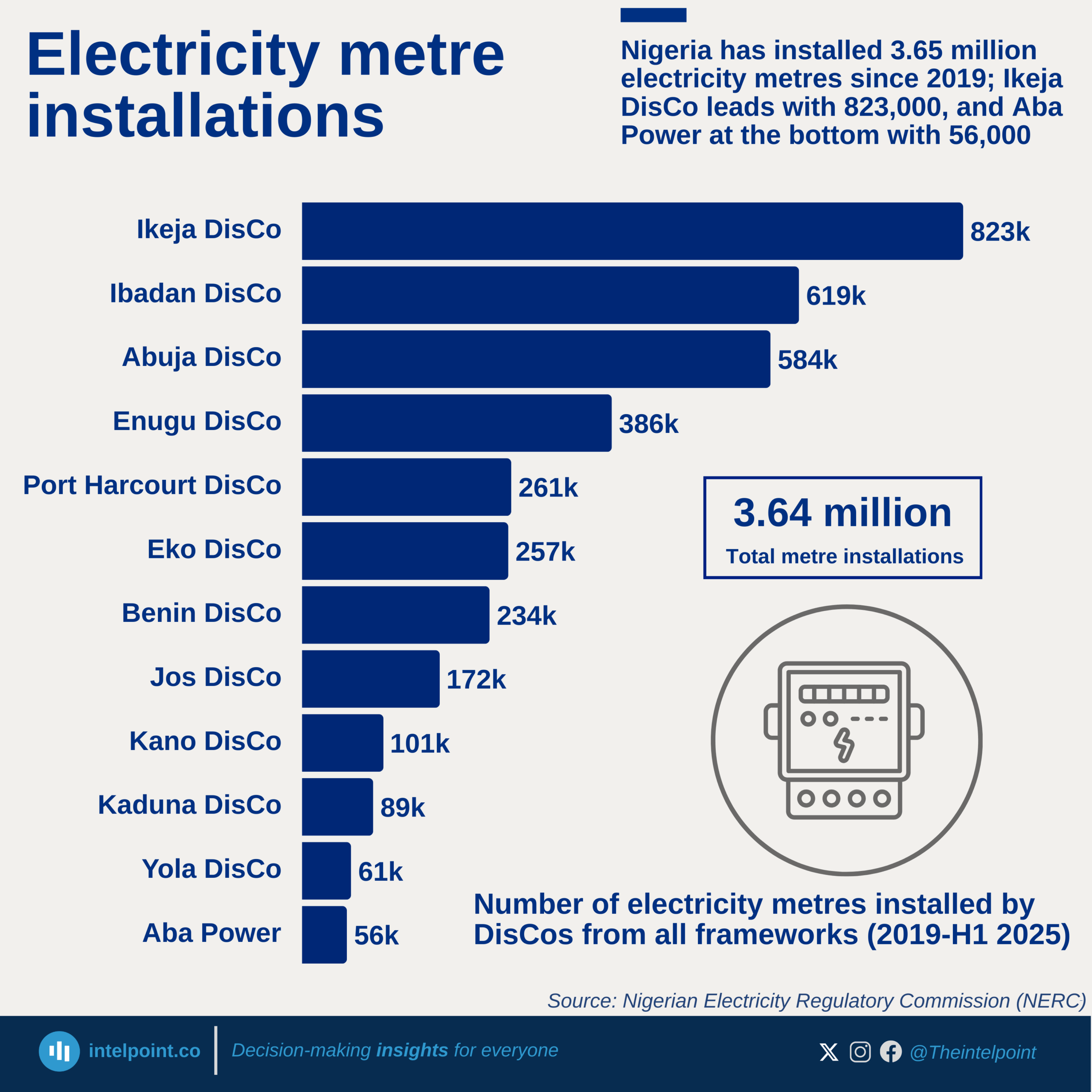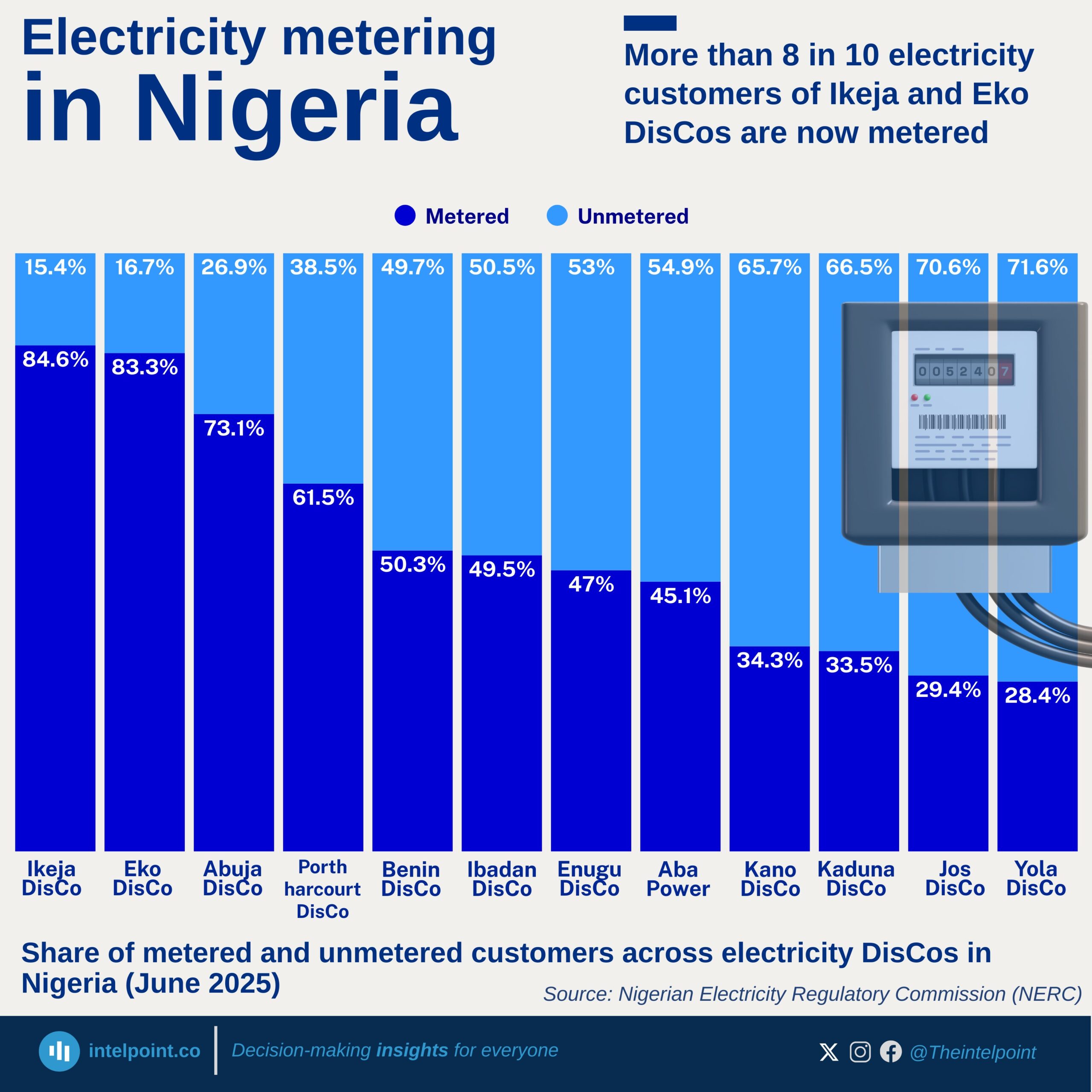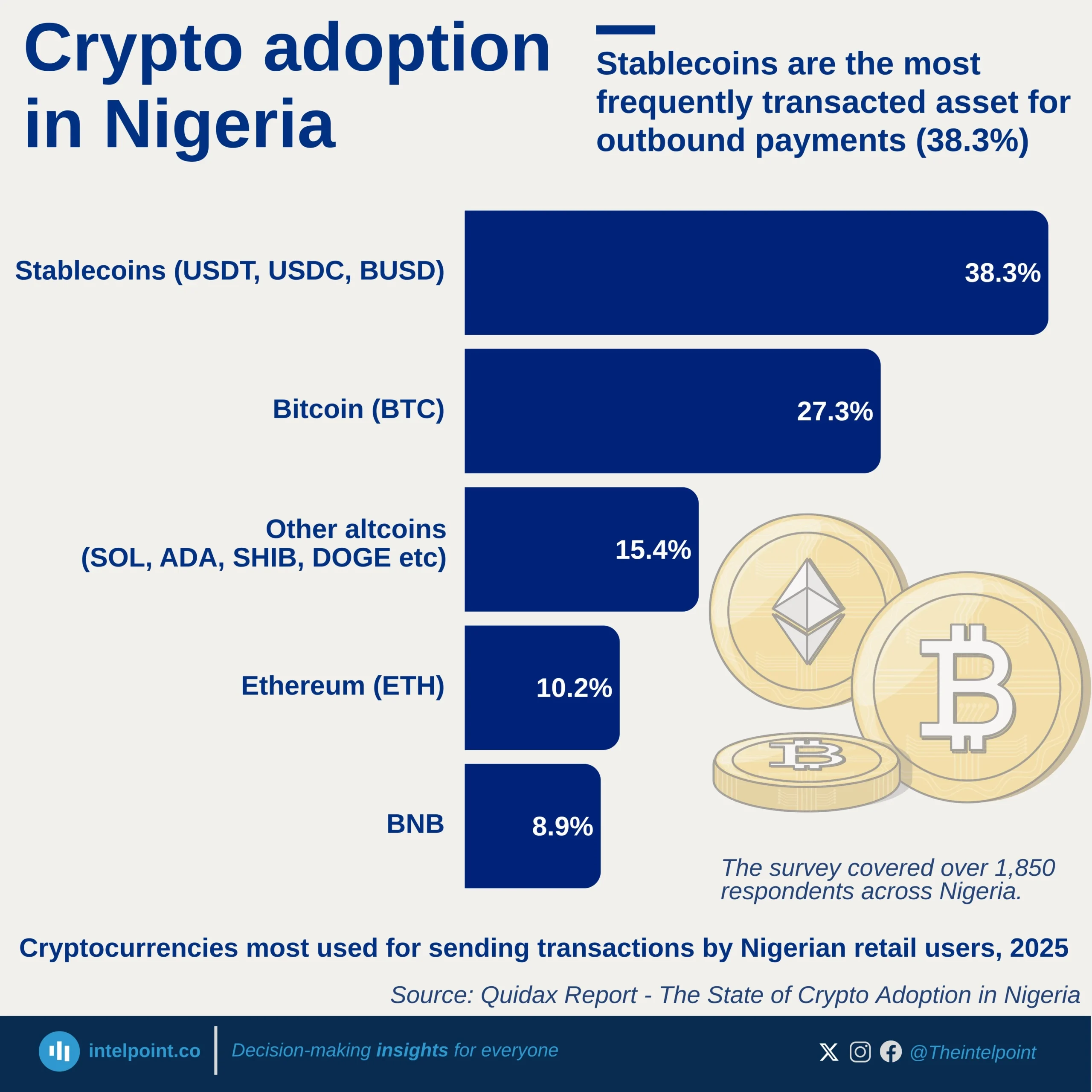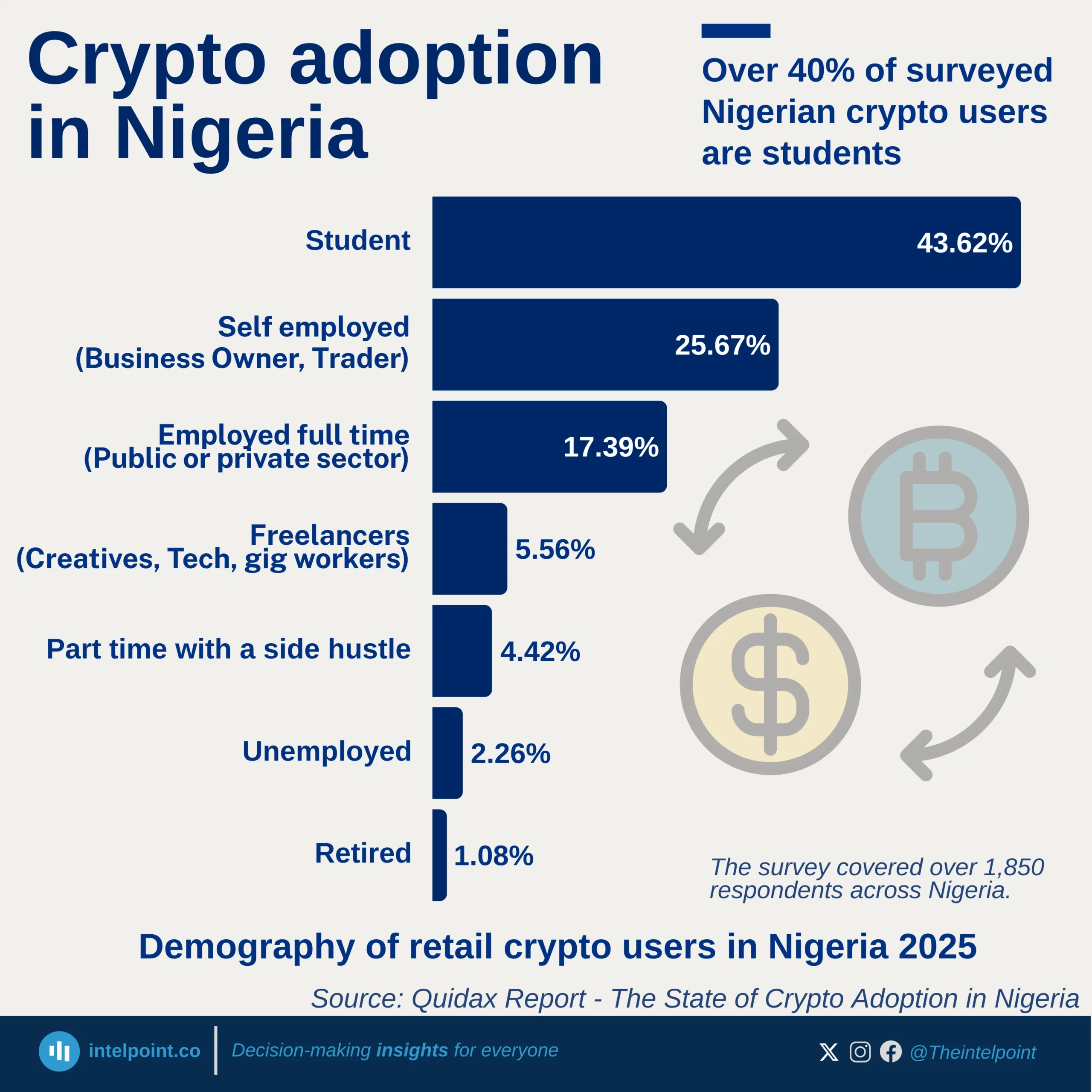In Nigeria, retail crypto users are turning to digital assets, not as a quick-payment tool but as a deliberate part of their financial strategy. Nearly two-thirds (~67%) are primarily interested in building portfolios or securing long-term security, while only a small minority use crypto mainly for day-to-day commerce. This reflects a market where users are actively managing risk, hedging against local currency decline and deploying crypto for strategic financial goals, behaviours more typical of developed-market investors than emerging-market “payment adopters”.

